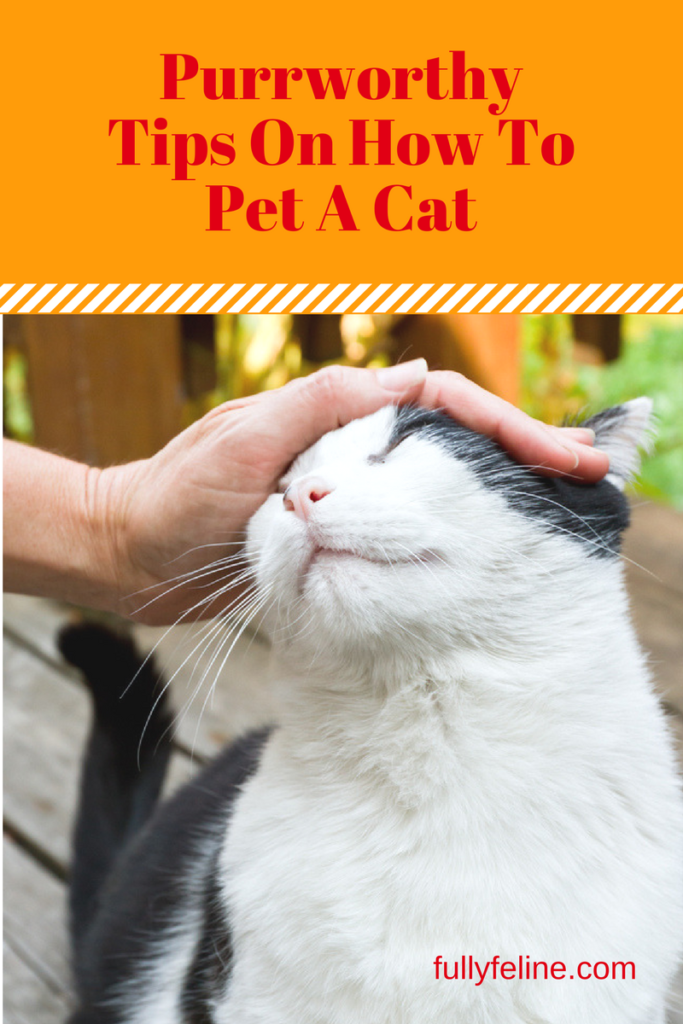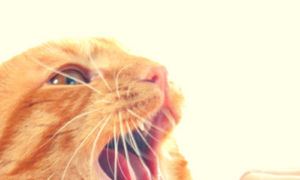It’s pretty easy when it comes to petting most dogs. For the most part, there is no precise right or wrong way to do this, at least with my puppy. He loves to be scratched and petted all over! In fact, when I extend my hand out to him, he usually runs right toward it. When you pet a cat, though, the response is sometimes quite different. A cat may swat your hand away when you reach out to pet him or chomp down before you can get it out of the way. This begs the question: What is the right way to pet a cat?

Pet A Cat In HIs Favorite Spot
There are some preferable places to pet a cat. Every cat obviously has his own sweet spots based on his personality and temperament. Some may like being rubbed on the top of the head while others prefer a scratch at the base of the tail. Yes, you will need to learn your own cat’s favorite spots, but some areas that tend to be safe for petting include under the chin, on the cheeks, behind the ears and at the base of the tail.
Wherever their scent glands are concentrated is where cats tend to enjoy being petted. When a cat rubs his head and face on the corner of a couch or other piece of furniture, he is not doing that simply because it feels good; he does so in order to leave his scent behind.
Some cats appreciate gentle stroking while others want the scratching. Focus your attention on the area that connects the jawbone to your cat’s skull. This is practically purr-inducing territory! Try focusing also on the cheek area just behind the whiskers or on the back of the head right behind the ears. And if you ever pet your cat on his back, you may observe him raising his back end, suggesting the base of the tail is where you are commanded to touch.
What Area On A Cat’s Body Should You Avoid Petting?
This begs the question, however. What areas on the cat should you avoid petting? Every cat is unique, but generally speaking, most cats don’t enjoy having their bellies scratched or rubbed. Cats prefer to protect what they deem as the most vulnerable parts of their bodies.
If the cat is older, some areas (often lower back and back legs) may be painful when petted due to arthritis. The cat may react negatively to being touched there.
In short, you just need to experiment with your own cat to determine where his petting zones area and go from there. Pay close attention to his reaction, and if he purrs, that is your “go ahead” signal to continue on.
If he swats at you or hisses, be sure to learn that language quickly! Eventually, you will discover those celebrated sweet spots! What’s your cat’s favorite spot to be petted?






